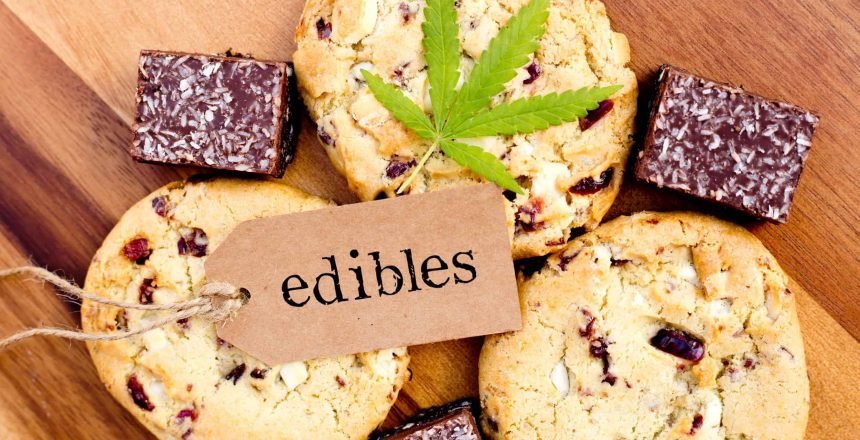Edibles have been around for a while, but thanks to legalization in some form or other in over half the continental United States, over the counter cannabis edibles are all the rage. And you can find a wide variety for any situation, from discrete candies to cookies to infused oils. But cooking it at home gives you a lot more freedom. It’s not only more cost effective, but if you’re using medical marijuana, you can use a strain that is specific to your needs, and cook to your specific tastes. Ingesting marijuana is also a great alternative to inhaling it if smoking isn’t really your thing. Here are a few tips to get started on your cannabis cooking journey.
The Method
Decarboxylation is required in order to activate the THC and CBD cannabinoids in the marijuana plant, otherwise, you won’t gain the maximum benefits. This is achieved whenever marijuana is smoked or vaporized, so it stands to reason that heat is required to make infused cannabis food and drink. Before infusing your marijuana, Break the buds apart so that it is loosely spread over the baking sheet in flakier pieces. Bake it at 240° F for 45 minutes on a baking sheet (2).
Once decarboxylated, finely grind the lightly browned cannabis leaves and use to make cannabutter or canna oil to store and save for your favorite recipes. Try Laurie Wolf’s famous cannabutter recipe here.
The Flavor
Marijuana can be an acquired taste to some, but there are many flavors that compliment the cannabis plant. The chemicals responsible for the flavor profile of a strain are called terpenes, and they are oils that contain the heavy aroma that is often associated with marijuana (1). Since cannabis comes in a wide variety of strains, the flavor profiles of each plant vary as much as coffee, tea, and wine grapes.
Play It Safe

Ingesting THC is very different than inhaling it, so there are a few ground rules to keep in mind when consuming homemade edibles. First of all, it can take anywhere from 30 minutes to two hours to begin feeling the effects after ingestion, so it’s good to wait a while before ingesting more. Many chefs recommend trying a 2.5mg dose of THC and waiting a whole day to understand how it affects you. You can determine the potency of your cooking with this handy online calculator. It’s also really important to keep your “special” cookies or other goodies out of the hands of pets and children.
If you consume too much THC at once and are feeling adverse effects, you should drink plenty of water and try to sleep it off. Some people recommend drinking a cup and coffee and going for a walk (3).
There are a lot of great blogs and websites online with a myriad of recipes to help you get started. With careful consideration of the dosage and some experimentation, you can whip up some cannabutter and start making your own cannabis creations!
Sources:
1) https://www.leafly.com/news/cannabis-101/cannabis-cooking-chef-john-macneil
2) Cooking with Cannabis: Delicious Recipes for Edibles and Everyday Favorites, Laurie Wolf. Quarry Books, 2016.
3) http://recipes.laurieandmaryjane.com/getting-started/maintaining-safety/


